Maria Grazia Chiuri interview: Dior is ready to celebrate
Designing a Dior for the post-pandemic world
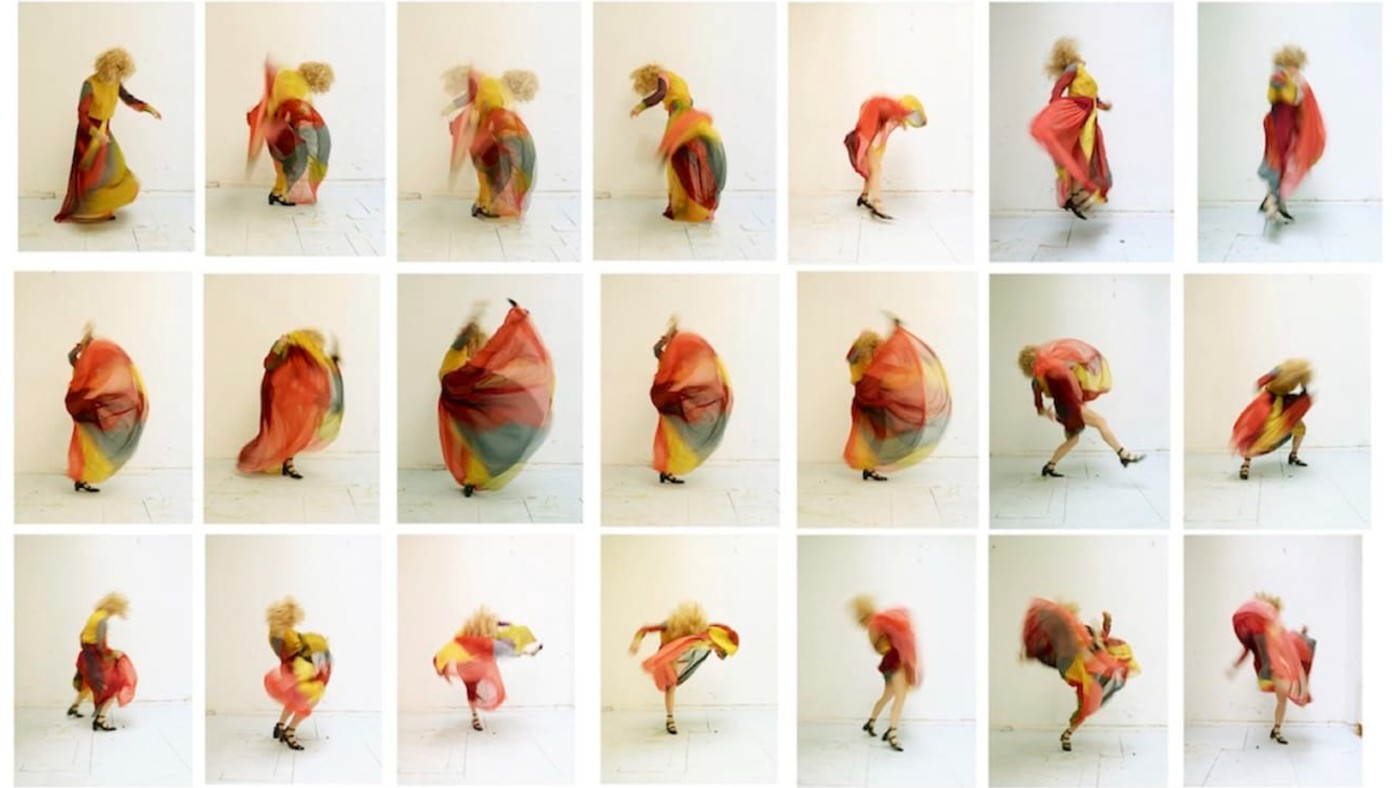
Zoom connects. On-screen, Maria Grazia Chiuri is sitting beside a doll’s house. Of steamer trunk-like construction, the mini-mansion rises to four storeys; in architectural make-up, its elegant façade, replete with wrought-iron balconies, cornicing and rows of picture windows, shares details with the Paris address that Chiuri is speaking from today. Last July, the doll’s house starred in Le Mythe Dior, a short film of fairy-tale escapism, conceived by Chiuri in partnership with Rome-born director Matteo Garrone to introduce Chiuri’s then newest haute couture creations, in lieu of a traditional fashion show. “I wanted a souvenir,” Chiuri says of the tectonic prop.
Getting to grips with the intricacies of filmmaking and teaming up with one of the art form’s luminaries, says Chiuri, has been one of the few upsides to the recent, strange months. “I am a very curious woman,” she says with a laugh. “When I discover another world, I immediately want to interact, to learn.”
It was when storyboarding with Garrone that Chiuri realised affinities between their two professions. “The important thing at the end is what you want to express. You have to decide what is the narrative of the story,” she explains. “You have to build your dream, your imaginary.”
The Week
Escape your echo chamber. Get the facts behind the news, plus analysis from multiple perspectives.

Sign up for The Week's Free Newsletters
From our morning news briefing to a weekly Good News Newsletter, get the best of The Week delivered directly to your inbox.
From our morning news briefing to a weekly Good News Newsletter, get the best of The Week delivered directly to your inbox.
Holding perfectly scaled-down iterations of Chiuri’s designs, in Le Mythe Dior the doll’s house is hand-carried through fantastical lands to delight – and wardrobe – a cast of surrealist characters. Today, positioned next to many shelves of reference books, there are more ways that the domestic set-piece points to Chiuri’s work at Dior to date. Since her 2016 appointment as the brand’s first female artistic director, Chiuri has explored the spaces women have occupied. The Italian designer’s Dior tenure has been coloured by treatises on feminism, drawing from literature, art, history and shared experiences.
“I understood immediately when I arrived at Dior that Dior is a big platform. It is so well-known around the world,” Chiuri says. Through collaborations, discussions and creative exchanges, at Dior Chiuri has championed intellectual curiosity, fostering an inspiring atmosphere that also nods to the women-led literary and artistic salons Paris was once famous for. “It’s a brand that speaks about femininity as an important element of its DNA. I can’t speak alone about an element that is so faceted, without having a dialogue with other women who come from different backgrounds,” she analyses. “That enriches me and the brand, this sharing of creativity, this dialogue.” It’s all in aid of something she today refers to as, “community fashion work”.
And so, Chiuri has in previous seasons named American artist Georgia O’Keeffe, collector Peggy Guggenheim, Leonor Fini (the Italian-Argentinian talent who shaped surrealism through paintings and prose) and British-born Mexican painter Leonora Carrington her muses. With her fall/winter 2018 collection, Chiuri nodded to the student protesters of France’s Les Années 68. More recently, her FW20 haute couture offering looked to photographers Lee Miller and Dora Maar.
Chiuri has made all-female troupes of Mexican rodeo riders and the acrobats of London, UK-based, female-led company Mimbre parts of her collection unveilings; ambitiously conceived, her Dior show sets have in turn exhibited the work of artists including Lucia Marcucci, Claire Fontaine and Marinella Senatore, whose vibrant light installation last summer illuminated Lecce’s Piazza del Duomo in Puglia with 30,000 multi-coloured bulbs.
A free daily email with the biggest news stories of the day – and the best features from TheWeek.com
With her designs, Chiuri has reframed the words of writers and theorists, among them Isabel Allende, Chimamanda Ngozi Adichie, Linda Nochlin and Robin Morgan. And her willingness to claim, create and share space has extended to makers, too: in Marrakech in April 2019, by the ruins of 16th-century El Badii Palace, she presented designs fashioned from cottons featuring African wax prints finished by Ivory Coast-headquartered specialist manufacturer Uniwax, this year’s resort Dior collection incorporated the work of Marilena Sparasci, who masters the rare art of Tombolo lace, a handcraft that can be traced back to 15th-century Italy. “Dialogue is to build something together,” Chiuri enthuses.
“I think that was quite an amazing kind of collaboration, to be able to work with the atelier and the craftspeople at Dior,” London-based designer Grace Wales Bonner tells me of working with Chiuri, who in 2019 invited her (and artist Mickalene Thomas) to devise an ensemble anchored in the generous, sculpted silhouettes of the house’s emblematic, history-making 1947 New Look collection. To Judy Chicago, a 2020 multifaceted partnership with Dior instigated by Chiuri presented “the greatest creative opportunity I have ever had”. The American artist goes on to echo Chiuri’s modus operandi. “It brought my ideas and my art to a global audience, because Dior has a global platform.”
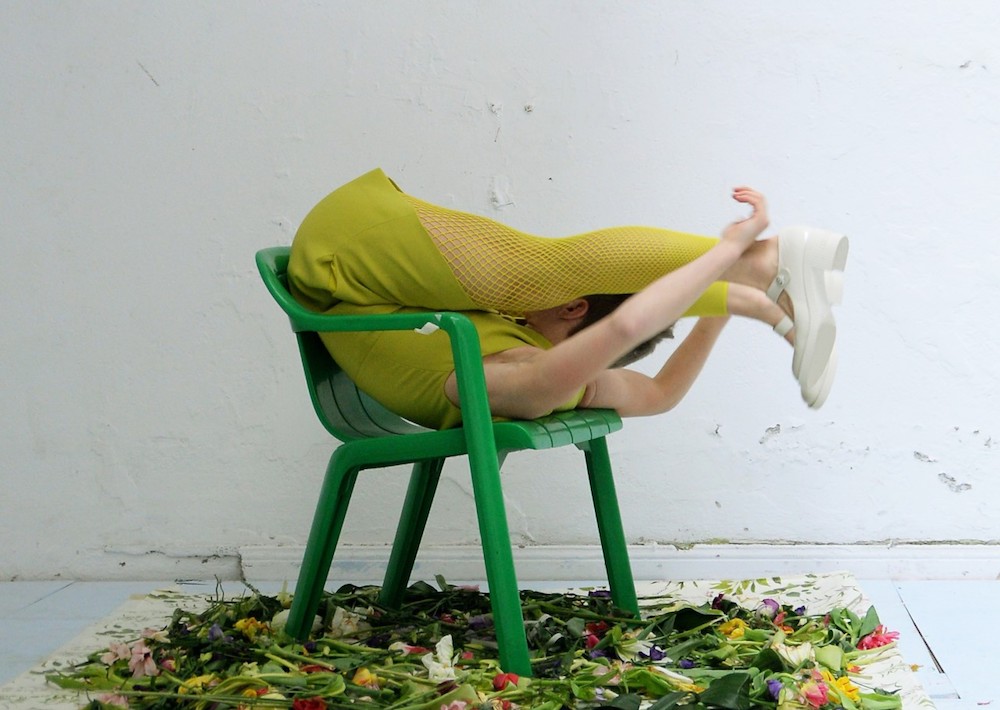
Such creative team-ups help to illustrate Chiuri’s definition of her role at Dior. I first interviewed Chiuri in the summer of 2017 – then, in-person, in Paris, sharing a plate of macarons, the sugary treats arranged by colour – and it was during that conversation that the designer likened her post to that of a curator. Has this description held true since? “The figure of the curator is someone who maintains distance between himself and the brand, and I think this is very good because it helps you to be objective,” Chiuri decrees. “If I want to tell only my personal story, I have to give them my brand. If I accept to work in a brand that has this important history, I think that I have to maintain a dialogue between my background and the background of the brand. It probably is for that, that I think that this word is also a way to represent me. Because a curator selects the codes with a point of view, to give a message.”
Well-versed in the brand’s seven-decades-strong biography, its hero creations and identifiable details, Chiuri is not beholden to its past. Her designs are never deferential, instead, Chiuri researches the maison’s many-chaptered history, to excerpt and find new context.
In past seasons, she has drawn from the work of Christian Dior himself – establishing his eponymous house in late 1946, Dior was to largely dominate fashion history until his untimely death in 1957 – and the artistic directors who have followed the founding couturier since, which include Raf Simons, John Galliano, Gianfranco Ferré, Marc Bohan and Yves Saint Laurent.
It was Bohan – artistic director from 1961 to 1989 – who six years into the job dreamt up Dior’s Oblique repeat pattern. In Chiuri’s hands, the Oblique comes in its most luxurious guise yet, recreated in the tactile stitched embroideries that make up her bestselling Book Tote; Chiuri then went on to reconsider Dior’s Saddle bag (originally a Galliano-era accessory).
The designer regularly finds new expressions for Christian Dior’s most memorable ensembles, including monsieur’s 1947 Bar jacket. The stuff of museum displays, the peplumed jacket inspired Chiuri to draft designs cut from a lightweight wool and silk mix, advocating for an ease of wear. A new addition, a rib-knitted version is made from spun virgin wool.
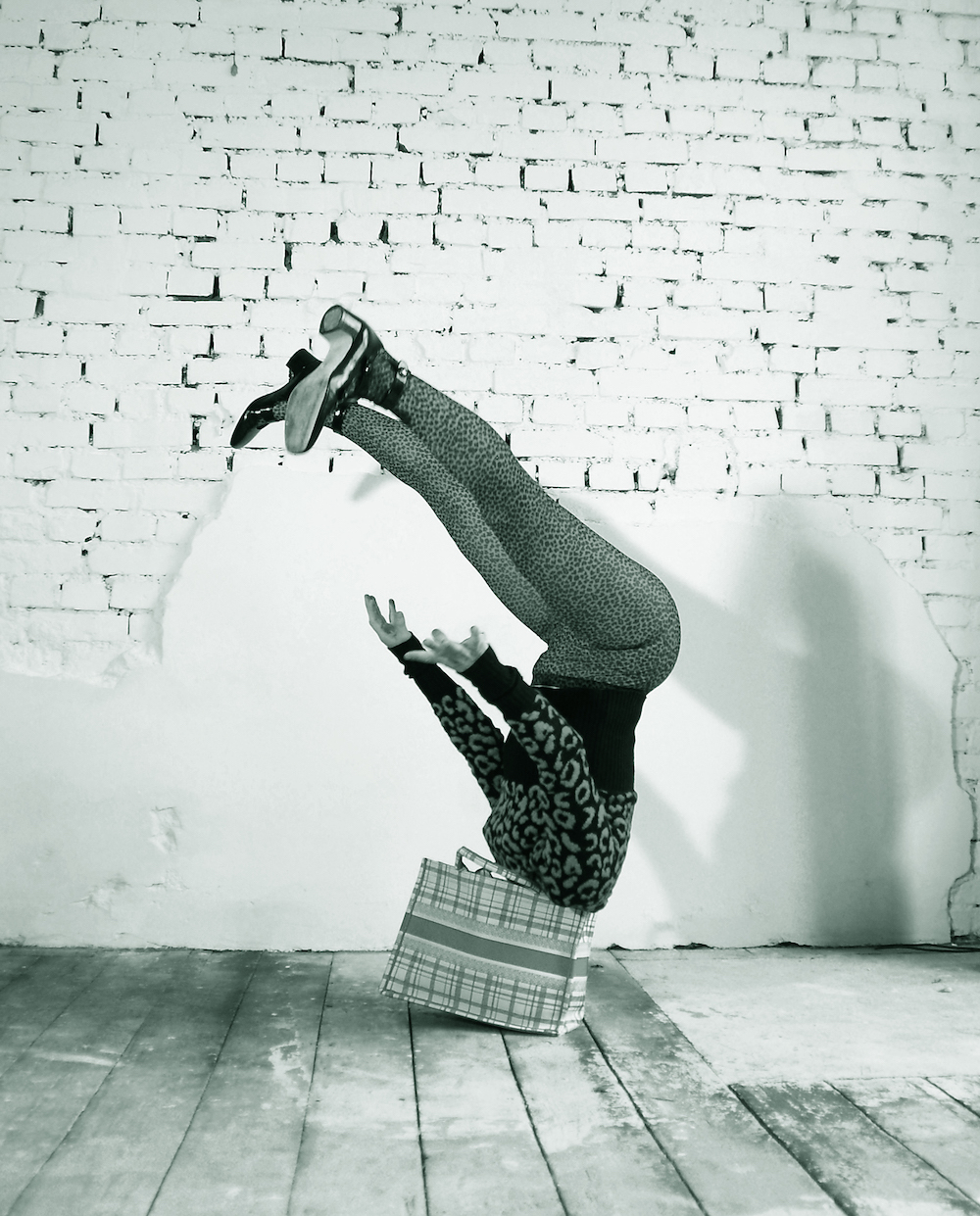
Authoring must-have and cherish-forever pieces is something of a Chiuri forte. Growing up in Rome, Chiuri’s mother was a trained dressmaker; her father joined the military. Upon graduating from Rome’s Istituto Europeo di Design, where she had studied fashion and history of art, Chiuri set off travelling, before joining the accessories studio of Roman maison Fendi in 1989. It was there that Chiuri became part of the team behind Fendi’s headline-making Baguette bag and first worked with fellow designer Pierpaolo Piccioli. From 1999 onwards, the duo formed an integral part of Valentino’s atelier, eventually being appointed as co-creative directors in 2008 following Valentino Garavani’s retirement. At the brand, the duo’s work became a critical and commercial success, an impressive feat that Chiuri has since repeated in Paris.
At Dior, coveted Chiuri accessories have included her line of beribboned J’Adior slingback pumps, and the Bobby bag, a hobo-style named after Christian Dior’s beloved pet dog. Then there is her Book Tote, a creation she today labels as “revolutionary” – its simple, rectangular shape belies its complex exterior, which is entirely embroidered. “I am very happy that the Book Tote is a bestseller,” says Chiuri. “It was so difficult trying to realise it. Also when I realised the first prototype, it was so difficult to reproduce this technique.” In tandem with Dior’s master artisans, Chiuri succeeded.
A new addition is a selection of Book Totes finished in velvet; its sumptuous, tactile finish is inviting to the fingertips. “I love the craftsmanship,” says Chiuri. She has long been a fan of velvet and the gem-like lustre it can give to coloured dyes, and has wanted to fashion a bag from the fabric for a while. “To realise this dream, it’s necessary to work in a team,” she explains. “There is this idea that a designer can be alone in a room, sketching. This is the starting point. After, it's really necessary to have a dialogue to realise your dream.”
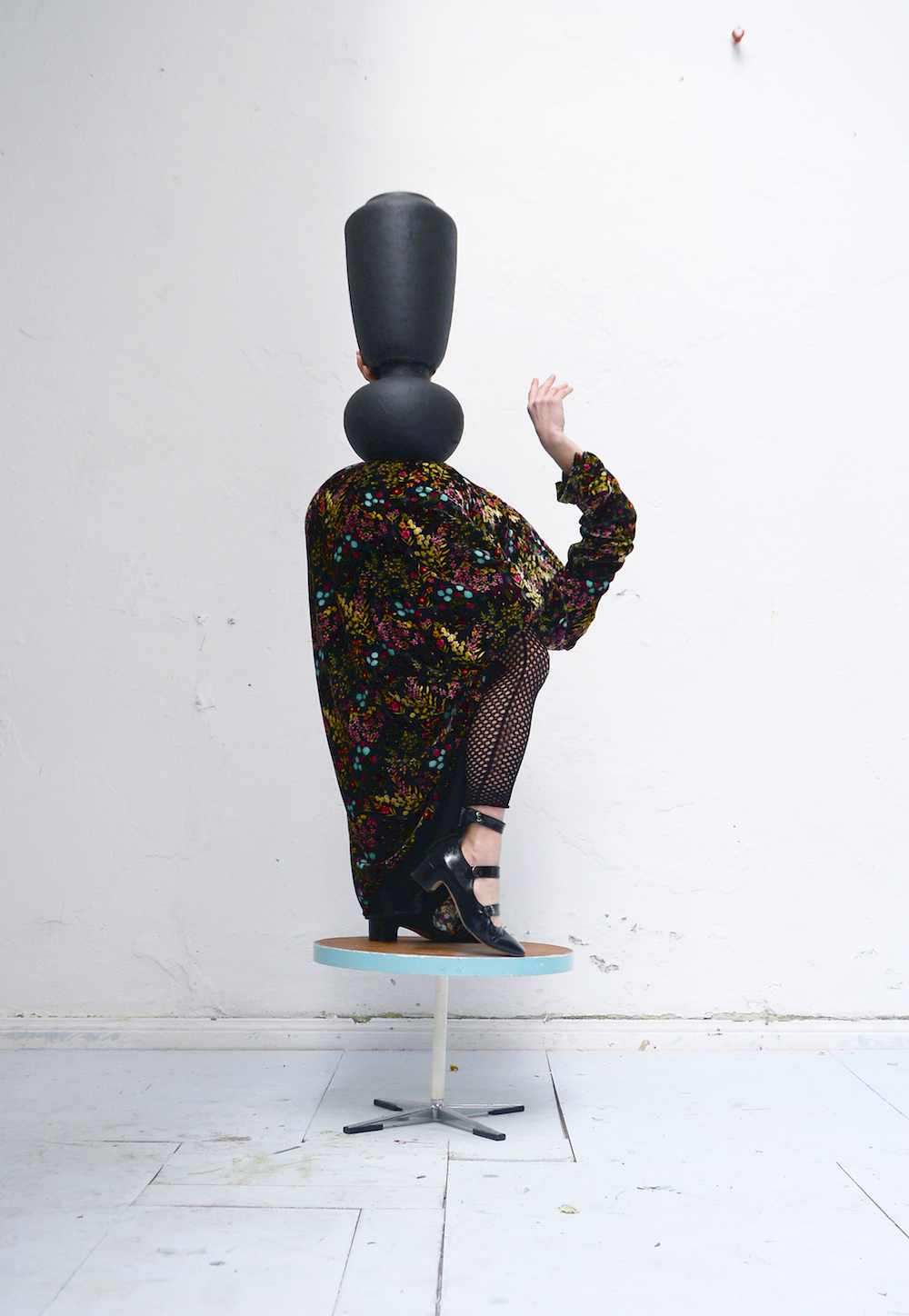
This season, with her pre-fall 2021 collection arriving in boutiques, Chiuri is dreaming of all tomorrow’s parties. The collection was designed in Paris following the summer break last year; its theme is in defiant reaction to the difficulties Chiuri and her team encountered when it was time to recommence work. Instead of a quick return to normality, new rules and regulations had to be put into place – today, Chiuri tells of limiting in-person meetings and obligatory temperature checks among other orders. “We were just a little bit down,” Chiuri remembers. And so, she thought of a way to revive spirits. “I said to my studio [team], ‘I want to do a collection that when it’s all finished we can enjoy all together. We have to make a big party where we dance.’” She repeats her rallying cry, “Dance, dance, dance.”
The collection has found a figurehead in Maripol and it was to the seminal stylist and fixture of 1980s downtown Manhattan that Chiuri turned to when it came to capturing her designs on-model. Maripol obliged, and arrived with her Polaroid camera. Her collaged snapshots now chronicle a dancefloor wardrobe of metallic jumpsuits, leopard-print party dresses and pop art colours.
Ginghams, stripes and polka dots are paired and clashed freely; the maison’s Oblique print is writ large across a glossy PVC raincoat. A group of sequined dresses will vie for spotlights with mirror balls and count among Chiuri’s personal favourites. “Our game in the studio when we did the collection was each one selected a dress for the party,” Chiuri remembers. Which one did she choose? “Mirror dress!” is her enthusiastic reply.
There’s an autobiographical note to her jolt-to-the-system collection, too. When researching her designs, Chiuri remembered the work of Elio Fiorucci and the Italian designer’s nightclub-like boutiques. “I remember when I was 14 years old and I went for the first time to the Fiorucci store in Milano. It was like going into another world,” she enthuses, describing the revolutionary note Fiorucci hit, disrupting tradition. “Knitwear? Blue, beige, brown. Shoes? Black, or brown,” she remembers what was on offer elsewhere. “This explosion of colour and materials, pieces that came from different parts of the world, all mixed together, was super exciting,” she says. Her pre-fall collection for Dior felt like a return to a “first memory of fashion, when we didn’t know about fashion. We used fashion to be happy. To bring joy.”
Photography: Isabelle Wenzel; Fashion: Lune Kuipers
-
 US citizens are carrying passports amid ICE fears
US citizens are carrying passports amid ICE fearsThe Explainer ‘You do what you have to do to avoid problems,’ one person told The Guardian
-
 All roads to Ukraine-Russia peace run through Donetsk
All roads to Ukraine-Russia peace run through DonetskIN THE SPOTLIGHT Volodymyr Zelenskyy is floating a major concession on one of the thorniest issues in the complex negotiations between Ukraine and Russia
-
 Why is Trump killing off clean energy?
Why is Trump killing off clean energy?Today's Big Question President halts offshore wind farm construction
-
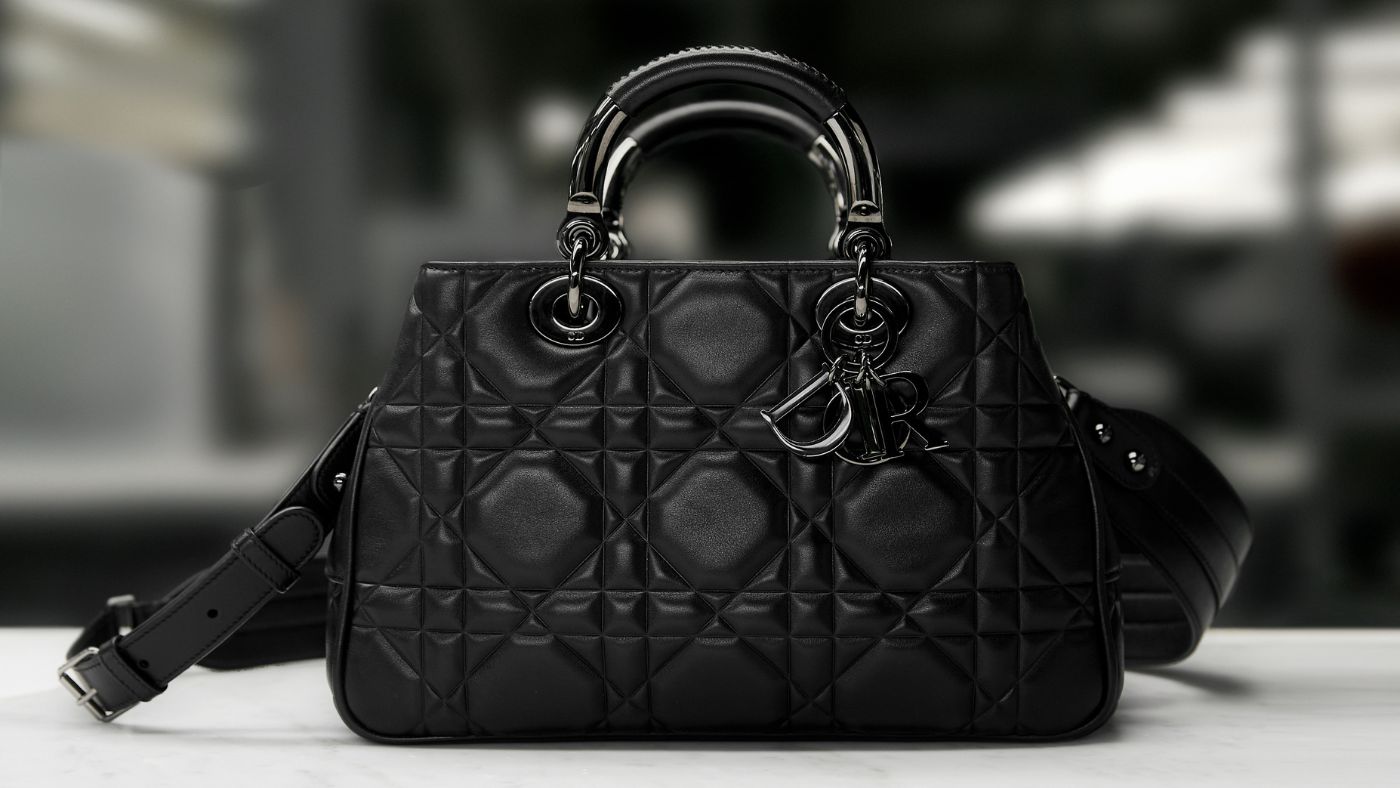 Dior’s Lady 95.22 bag: high frequency, high style, high society
Dior’s Lady 95.22 bag: high frequency, high style, high societyUnder the Radar Maria Grazia Chiuri’s Lady 95.22 is a celebration of craft
-
 The many faces of Eddie Redmayne
The many faces of Eddie Redmaynefeature Costume is just one of the ways the Oscar-winning actor gets into character
-
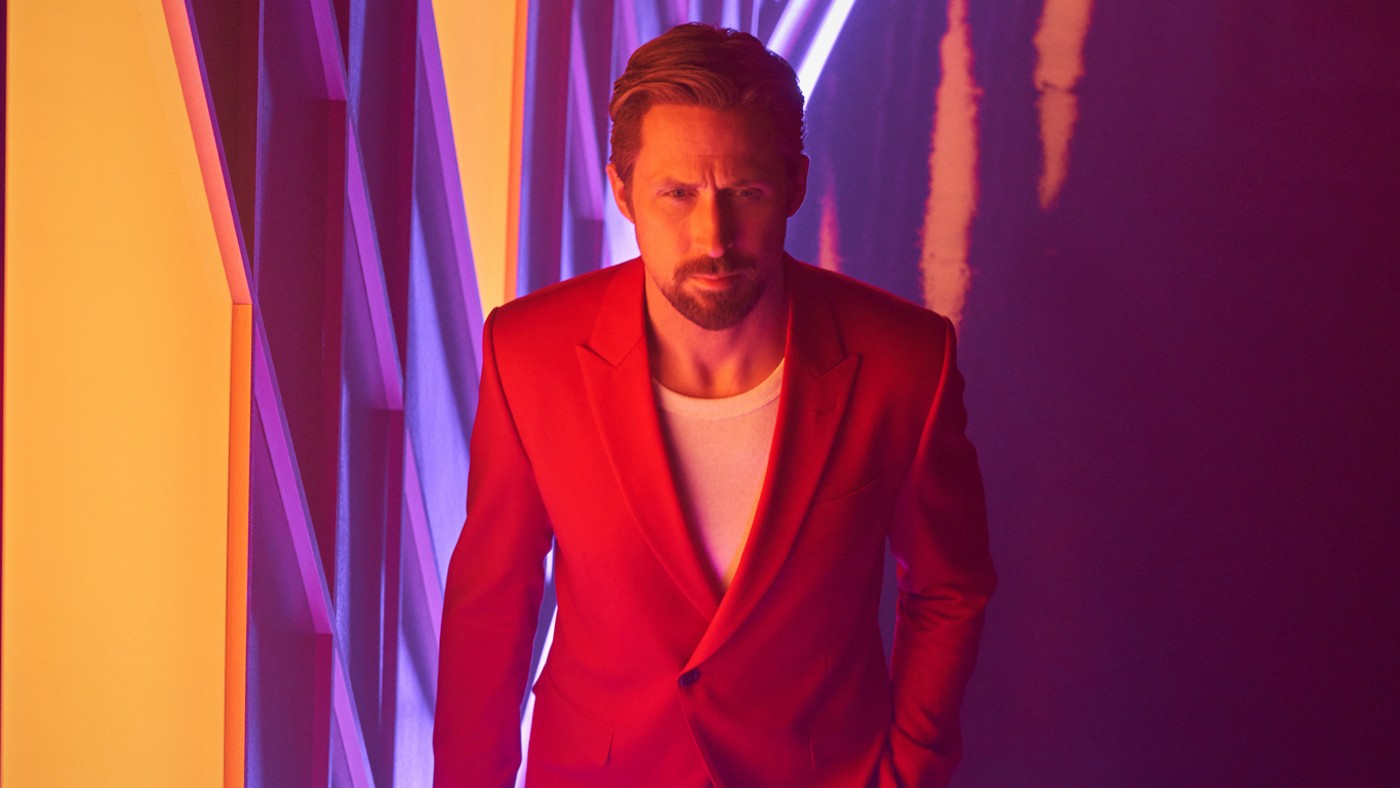 Getting dressed with Ryan Gosling
Getting dressed with Ryan Goslingfeature In an exclusive interview, the Canadian actor talks clothes, costumes and watches
-
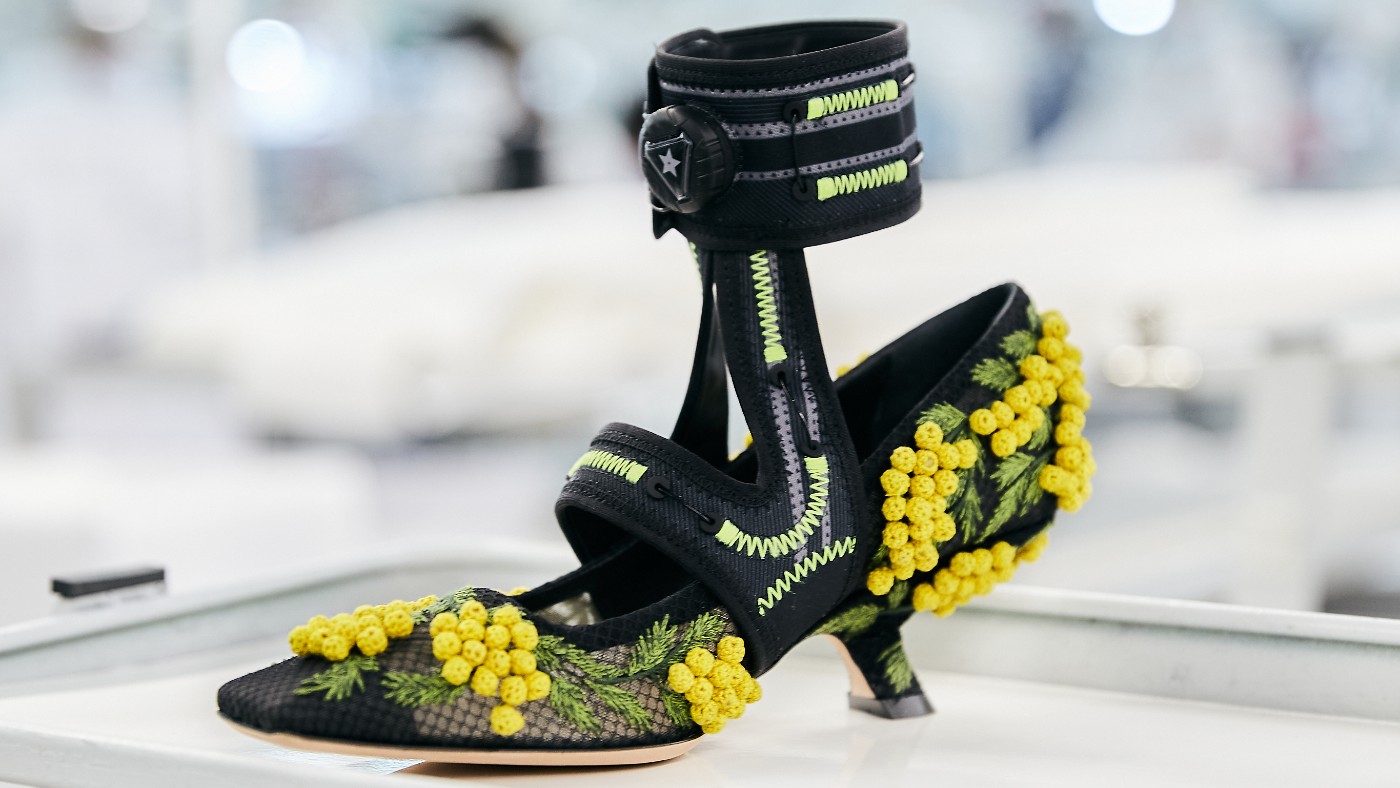 Christian Dior and Roger Vivier: the power of two
Christian Dior and Roger Vivier: the power of twoUnder the Radar A new shoe celebrates the partnership between legendary couturier Christian Dior and influential designer Roger Vivier
-
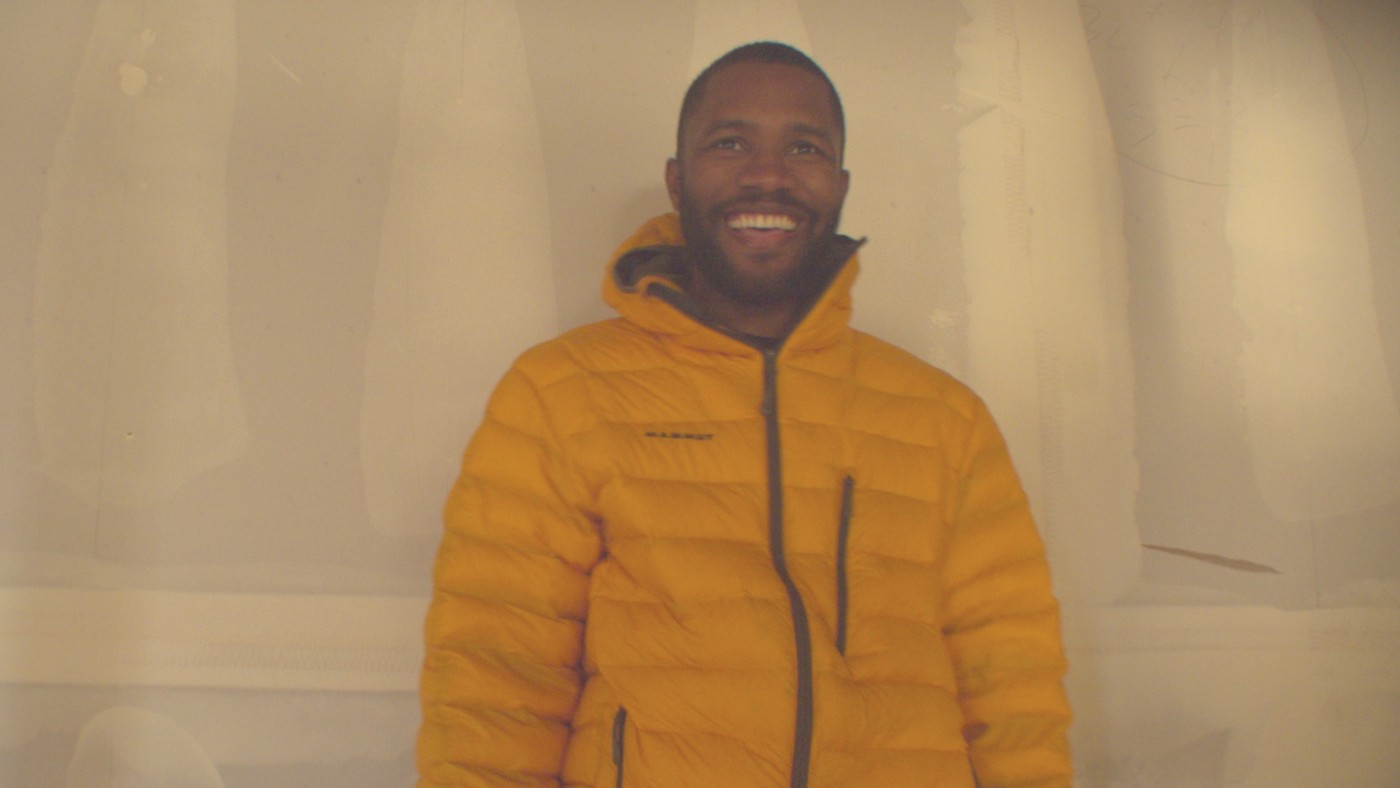 Frank Ocean speaks jewellery: ‘there are few jewellers who look like me’
Frank Ocean speaks jewellery: ‘there are few jewellers who look like me’feature In a rare interview, the American charts the rise of his luxury brand Homer
-
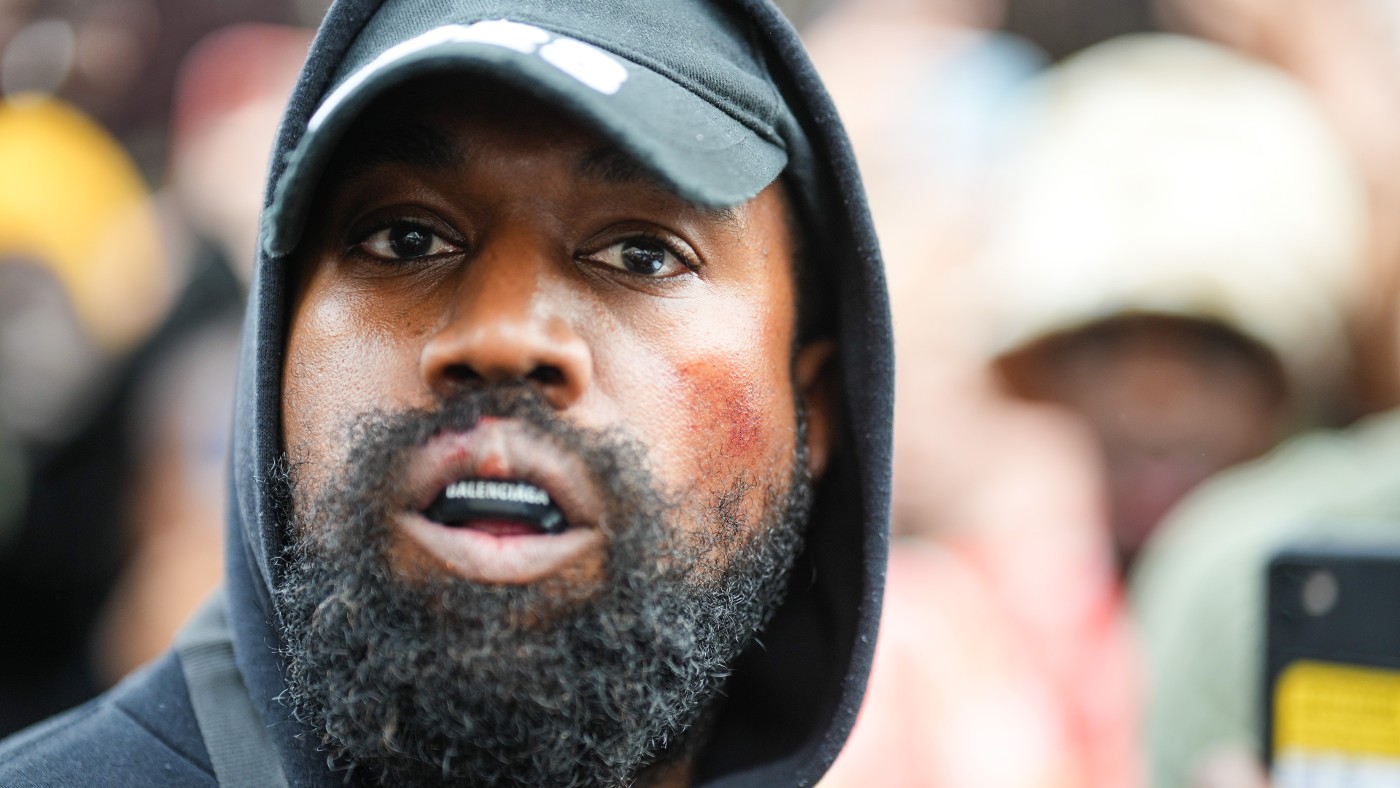 Kanye West’s White Lives Matter controversy
Kanye West’s White Lives Matter controversyTalking Point Rapper blames ‘liberal Nazis’ for a storm of condemnation over T-shirt
-
 The energising allure of Tabayer jewellery
The energising allure of Tabayer jewelleryfeature Miami-based founder Nigora Tokhtabayeva discusses her talismanic creations
-
 Music for the times: Vacheron Constantin joins forces with Woodkid
Music for the times: Vacheron Constantin joins forces with Woodkidfeature French music star Woodkid talks about a new venture to support young talent